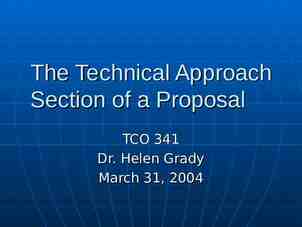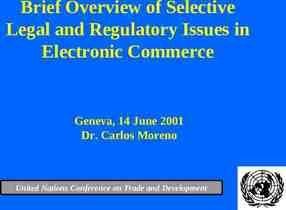Principles of Pest Control Nov. 1998 1
16 Slides38.50 KB
Principles of Pest Control Nov. 1998 1
Definition of a Pest A pest is anything that: – competes with humans, domestic animals, or desirable plants for food or water. – injures humans, animals, desirable plants, structures, or possessions. – spreads disease to humans, domestic animals, wildlife, or desirable plants. – annoys humans or domestic animals. 2
Types of Pests Insects (insecticides) – beetles, caterpillars, aphids Insect-like organisms – spiders, ticks, mites Microbial organisms (fungicides) – bacteria, fungi, nematodes, viruses, mycoplasmas 3
Types of Pests (con't) Weeds (herbicides) – plant growing where it is not wanted Mollusks – snails, slugs Vertebrates (rodenticides, predicides) – rats, mice, birds, coyotes 4
Pest Control Control a pest only when it is causing or is expected to cause more harm than is reasonable to accept. Use a control strategy that will reduce the pest numbers to an acceptable level. Cause as little harm as possible to everything except the pest. 5
Pest Control Goals Prevention Suppression Eradication 6
Threshold Levels Levels of pest populations at which pest control action needs to be taken to prevent the pest from causing unacceptable injury or harm. 7
Pest Monitoring What kinds of pests are present? Are the numbers great enough to warrant control? Have the control efforts successfully reduced the number of pests? 8
Avoiding Harmful Effects Choose the pest control method that will best control the pest with the least harmful effect to the environment. 9
Integrated Pest Management (IPM) Is the combining of appropriate pest control tactics into a single plan to reduce pests and their damage to an acceptable level. 10
IPM (con't) To solve pest problems: – identify the pest, – is control needed, – what controls are available, – evaluate the risks and benefits, 11
IPM (con't) To solve pest problems (con't): – choose a control strategy that will be most effective and cause the least harm to people and the environment, – use each tactic in the strategy correctly, – observe Local, State, and Federal laws. 12
IPM (con't) Natural Controls – climate – natural enemies – natural barriers – food and water supply – shelter 13
IPM (con't) Applied controls – host resistance resistant varieties – biological control natural enemies – cultural control plowing, crop rotation, fertilizing, etc. 14
IPM (con't) Applied controls (con't) – mechanical control traps, screens, fences – sanitation remove crop residues, cleanliness – chemical control use of pesticides 15
Pest Control Failures incorrect pest identification incorrect pesticide incorrect dosage incorrect application method pest is resistant pesticide 16





















